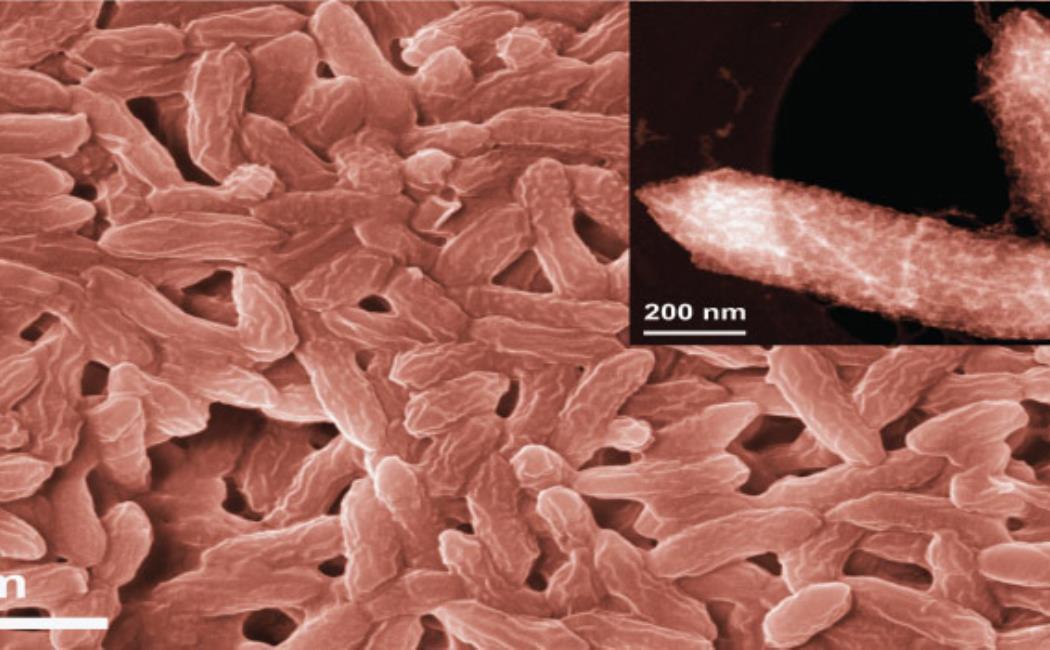
Recruiting bacteria to build catalysts atom by atom
27 May, 2021
Exploiting the unusual metal-reducing ability of the iron-breathing bacterium Geobacter sulfurreducens, KAUST researchers have demonstrated a cheap and reliable way to synthesize highly active single-atom catalysts. The innovation, which could dramatically improve the efficiency and cost of hydrogen production from water, highlights the role nature can play in the search for new energy systems.
Many chemical reactions require a catalyst as a reactive surface where atoms or molecules are brought together with the right amount of energy to spark a chemical change. Water, for example, can be split into hydrogen and oxygen atoms by reacting on a pair of electrodes made of platinum and iridium oxide. The efficiency of the reaction, however, depends largely on how many atoms can get involved.
Click here to read the full story.
Image: The research team exploited the iron-breathing bacterium Geobacter sulfurreducens to synthesize single-atom catalysts, which could be used for various energy-related applications.
© 2021 KAUST